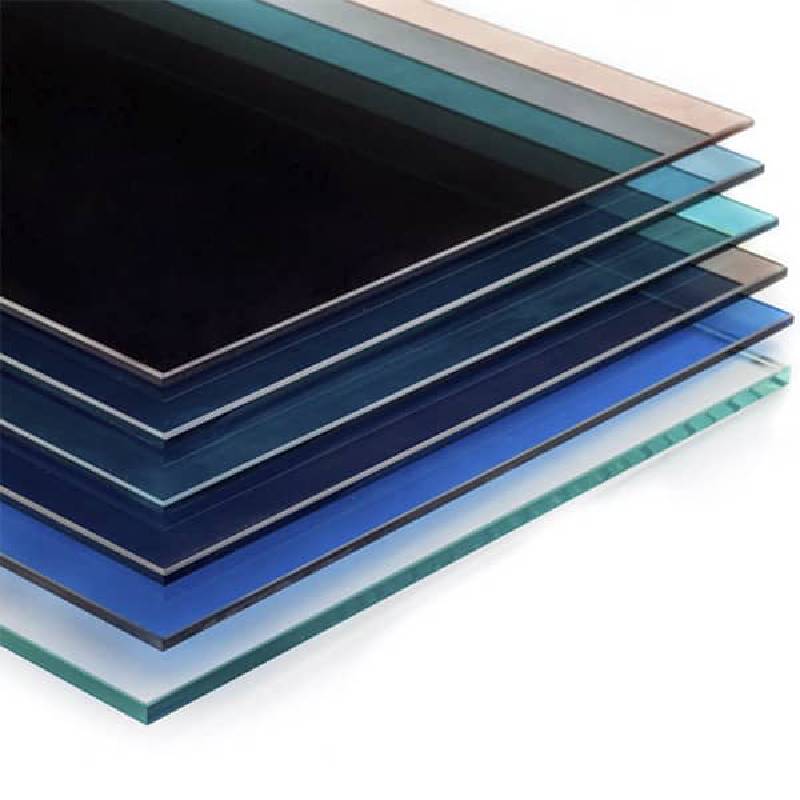

Exploring Full Tempered Glass Characteristics, Benefits, and Applications
Full tempered glass, also known as toughened glass, has garnered significant attention in modern architecture and various industries for its superior strength and durability. Undergoing a meticulous manufacturing process, this type of glass is designed to withstand extreme conditions, making it an ideal choice for both residential and commercial applications. In this article, we will delve into the characteristics, benefits, and diverse applications of full tempered glass.
Characteristics of Full Tempered Glass
The production of full tempered glass involves heating ordinary glass to temperatures exceeding 600 degrees Celsius and then rapidly cooling it. This method not only increases its strength but also enhances its resistance to thermal stress. The resultant product is typically five to ten times stronger than standard glass of the same thickness. Moreover, full tempered glass shatters into small, blunt pieces when broken, reducing the risk of injury. This safety aspect is one of the main reasons why it is widely used in various environments.
In terms of aesthetics, full tempered glass is available in a myriad of colors and finishes, allowing for creative design opportunities. Furthermore, it can be treated with coatings to improve its functionality, such as anti-reflective coatings for clearer views or low-E coatings for enhanced energy efficiency.
Benefits of Full Tempered Glass
One of the most significant advantages of full tempered glass is its exceptional strength
. It can withstand heavy loads, impacts, and high temperatures, making it ideal for external facades, skylights, and glass doors. Additionally, its high resistance to thermal stress means it can be used in environments where rapid temperature changes occur, such as in shower enclosures or in areas exposed to direct sunlight.Another advantage lies in its safety feature. As previously mentioned, the way tempered glass fractures ensures that it poses less of a hazard compared to traditional glass. This characteristic is crucial for applications in public buildings, schools, and homes, where safety is a primary concern.

Furthermore, full tempered glass is versatile. Its ability to be customized in terms of size, thickness, and finish makes it suitable for a wide variety of uses. Whether you are looking at glass railings, partitions, or decorative features, full tempered glass provides both functionality and visual appeal.
Applications of Full Tempered Glass
The versatility of full tempered glass allows it to be utilized in various sectors. In residential settings, it is commonly used for windows, shower doors, and glass balustrades, blending safety with aesthetic appeal. In commercial properties, glass facades and storefronts made of tempered glass not only enhance the building's exterior but also offer energy efficiency benefits.
Moreover, full tempered glass is extensively used in the automotive industry. Car windows and sunroofs are often made of tempered glass due to its ability to withstand harsh conditions and impacts while ensuring passenger safety.
In the realm of design and architecture, full tempered glass plays a critical role in modern skyscrapers and high-rise buildings. Its combination of strength and lightweight nature allows architects to create innovative designs while maintaining structural integrity.
Conclusion
In summary, full tempered glass is a remarkable product that offers a myriad of benefits, from safety and strength to versatility and aesthetic appeal. Its applications extend across various industries, demonstrating its significance in modern design and construction. As technology continues to advance, the potential for full tempered glass to provide even more innovative solutions in architecture and design is boundless. Whether for functional or decorative purposes, this material is set to remain a staple in future developments.